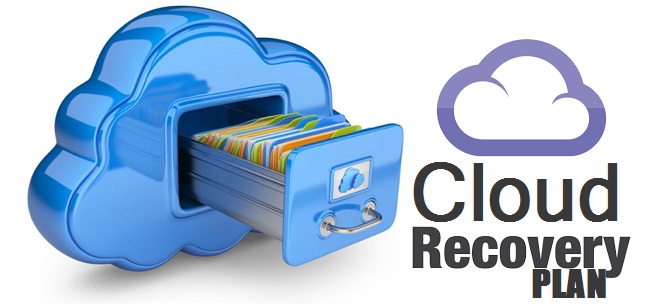This post focused on Cloud Storage Disaster Recovery Plan for IT Infrastructure. As an IT personnel, what are your data recovery plan? Here we will guide you on the reliable methods to follow.
What is a Disaster Recovery Plan?
A disaster recovery plan involves detailed step by step procedures to quickly access cloud backups to get your business back to normal operations as fast as possible in case there is tragedy in the storage cloud.
This is to say that data breach and unforeseen circumstance due to human error, security compromise or natural disaster come into play when you are backup files both onsite and offsite. Therefore, it is recommended that you have a Disaster Recovery plan for your organisation.
bear in mind that there are cloud backup plans available online for IT infrastructure which must be the base of your company’s disaster recovery plan. As can be seen from research, several firms do make the error of thinking that backups are all they need to safeguard their files. Cloud backups are excellent, but while cloud backups do secure a copy of your data and servers in a secure offsite location, it is essential to have a comprehensive disaster recovery plan that can get your whole environment up and running within a brief period of time.
By utilizing a provider company’s cloud-based disaster recovery-as-a-service (DRaaS) plan, you gain an immediately responsive environment that enables rapid turn up of backups and replications. This improves the “backup-only” plans that require time to download all backups the server before you can restore. Furthermore, you have to make sure to have selected a cloud service with an expert team to bank on in the occasion of power outage or unforeseen disaster. As can be seen in our previous articles, make sure you choose a cloud provider that offers a comprehensive disaster recovery plan for your company and IT infrastructure.
Benefits of a Disaster Recovery Plan:
These are the benefits you can gain if you have a disaster recovery plan
- You must minimize company downtime due to data loss and compromised servers
- Make sure you avoid a potential decrease in customer confidence and negative brand reputation
- As an IT staff, you should get the expertise you need in the event of a disaster
- Ensure that you keep your business strong and get possible insurance benefits
- It is recommended that you protect your business reputation and customer trust with business continuity
Before you hire a Recovery Enterprise
- It is advised that you talk to one of the provider’s disaster recovery experts before you get started — you can request a conversation from their chat rooms.
- Ensure that their service includes annual testing of your DR environment to verify that preparations are operating as expected BEFORE you need them
- In addition, you should review their prices; make sure it is a reasonable price and are in reach for businesses of any size
- Also, be sure that their DRaaS, data centers provide security, stability, and massive power are state-of-the-art.
- Finally, confirm that their support teams are ready to assist your team 24/7 and365 ready to respond to you.
Cloud platforms provide an inexpensive, flexible, and scalable alternative to dedicated hardware for business continuity planning.
Disaster Recovery Pricing
Pricing depends on the size of space you want to opt-in. Scroll down a bit below, you will see samples disaster recovery (DR) backup and replication options you might see online. However, you must make sure that their Data Recovery bundles deliver dependable and affordable options, built on premium platforms, and must be managed through a premium support team. You can CHOOSE an option to request estimated pricing with added resources or to request a discussion about building a custom DR environment that will meet your exact needs. New: What is cloud storage and how does it work?
Data Recovery Replication Bundles includes:
- Small Bundles can have a storage of up to 1TB with about 5VMs and 16 CPUs
- Small + Bundles can have a storage of up to 2TB with about 20VMs and 32CPUs
- Medium Bundles can have a storage of up to 4TB with about 20VMs and 32CPUs
- Medium + Bundles can have a storage of up to 10TB with about 50 VMs and 64 CPUs
- Large Bundles can have a storage of up to 20TB with about 50 VMs and 64 CPUs
- Large + Bundles can have a storage of up to 35TB with about 100 VMs and 128 CPUs
- XL Bundles can have a storage of up to 70TB with about 100 VMs and 128 CpUs







